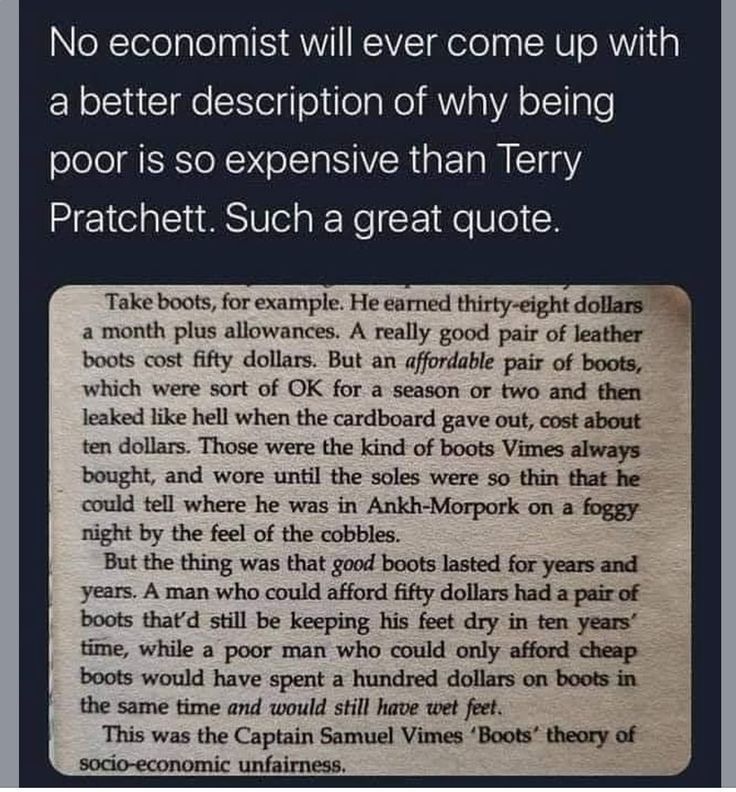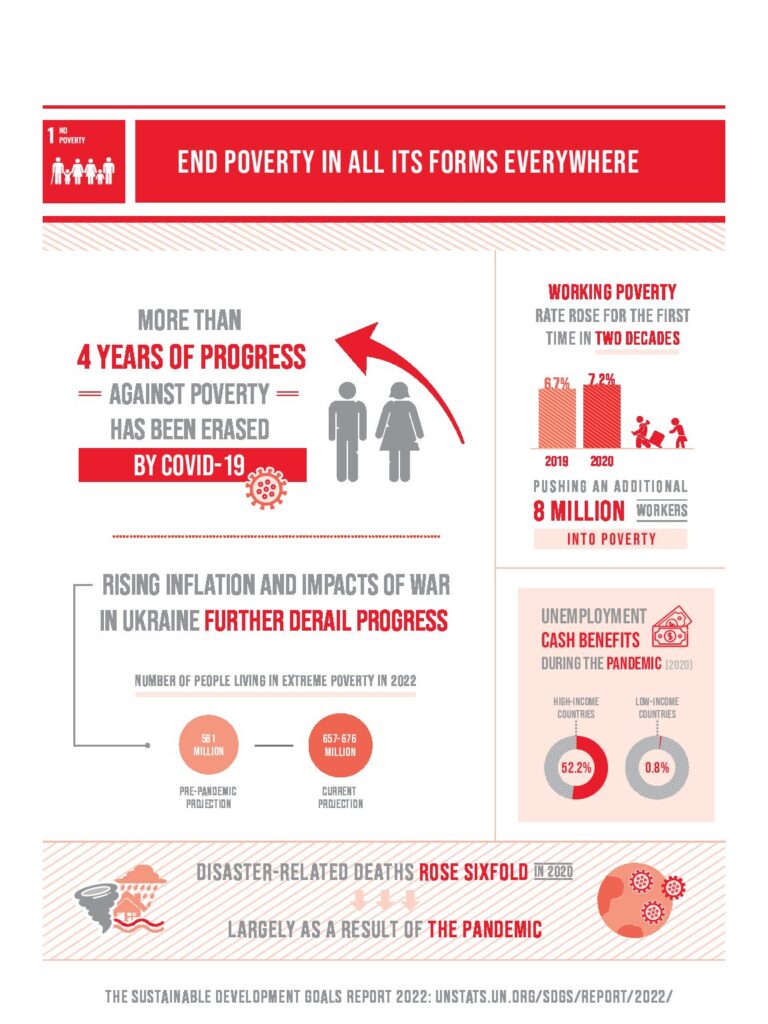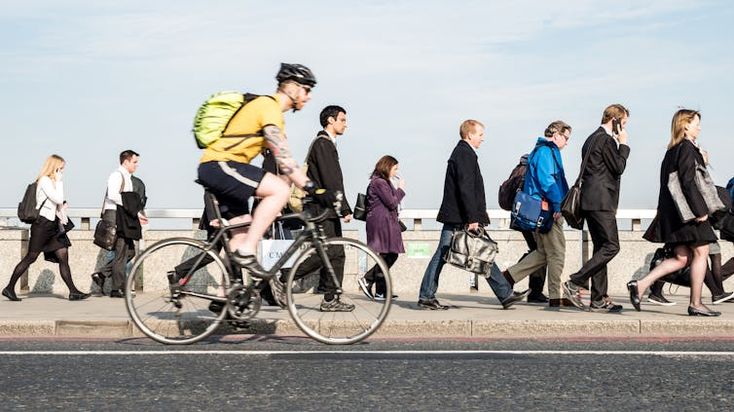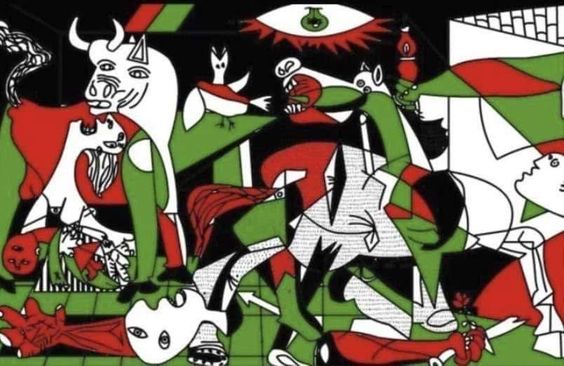Could G20 plan lift 500 million people out of poverty?
Brazil will soon hand over the G20 presidency to South Africa with a new initiative to tackle poverty. The climate crisis also continues to be of critical importance in South Africa and elsewhere.

Image: Ricardo Stuckert/PR
First Published on November 30. 2023

Photo: WFP/TSIORY ANDRIANTSOARANA

United Nations Global Goals for Sustainable Development
Updated 30. November 2023
The SDGs are the largest assignment of our time.
We are the first generation that can end poverty,
UN Secretary-General Ban Ki-moon (2007-16)
the last that can end climate change.
Member countries have pledged to “Leave No One Behind”: underlying the goal is a “powerful commitment to leave no one behind and to reach those farthest behind first.”[2]
Eradicating extreme poverty for everyone by 2030 is a pivotal goal of the 2030 Agenda for Sustainable Development. Extreme poverty, defined as surviving on less than $2.15 per person per day at 2017 purchasing power parity, has witnessed remarkable declines over recent decades.
The number of people living in extreme poverty declined from 36 percent in 1990 to 10 percent in 2015.
The impact of the COVID-19 pandemic reversed the steady progress of poverty reduction over the past 25 years. This unprecedented reversal is further exacerbated by rising inflation and the impacts of the war in Ukraine. It is estimated that these combined crises will lead to an additional 90 million people living in extreme poverty in 2022, compared with pre-pandemic projections.
Even before the pandemic, the momentum of poverty reduction was slowing down. By the end of 2022, nowcasting suggested that 8.4 percent of the world’s population, or as many as 670 million people, could still be living in extreme poverty.
This setback effectively erased approximately three years of progress in poverty alleviation.
If current patterns persist, an estimated 7% of the global population – around 575 million people – could still find themselves trapped in extreme poverty by 2030, with a significant concentration in sub-Saharan Africa.
A shocking revelation is the resurgence of hunger levels to those last observed in 2005. Equally concerning is the persistent increase in food prices across a larger number of countries compared to the period from 2015 to 2019. This dual challenge of poverty and food security poses a critical global concern.
For those who work, having a job does not guarantee a decent living. 8 percent of employed workers and their families worldwide lived in extreme poverty in 2018. One out of five children lives in extreme poverty. Ensuring social protection for all children and vulnerable groups is critical to reducing poverty.
COVID-19 response
Developing countries are most at risk during – and in the aftermath – of the pandemic, not only as a health crisis but as a devastating social and economic crisis over the months and years to come. According to UNDP, income losses are expected to exceed $220 billion in developing countries, and an estimated 55 percent of the global population has no access to social protection. These losses will reverberate across societies, impacting education, human rights, and, in the most severe cases, basic food security and nutrition.
To support the poorest and most vulnerable, the UN has issued a Framework for the immediate socio-economic response to COVID-19, calling for an extraordinary scale-up of international support and political commitment to ensure that people everywhere have access to essential services and social protection.
The UN COVID-19 Response and Recovery Fund aims to specifically support low- and middle-income countries and vulnerable groups disproportionately bearing the pandemic’s socio-economic impacts. Women leaders convened by UN Deputy Secretary-General Amina Mohammed have called for support for the UN roadmap for social and economic recovery and for full UN Response and Recovery Fund funding.
Facts and Figures
- According to the most recent estimates 2015, 10 percent of the world’s population, or 734 million people, lived on less than $1.90 a day.
- Southern Asia and sub-Saharan Africa are expected to see the largest increases in extreme poverty, with an additional 32 million and 26 million people living below the international poverty line due to the pandemic.
- The share of the world’s workers living in extreme poverty fell by half over the last decade, from 14.3 percent in 2010 to 7.1 percent in 2019.
- Owing to the COVID-19 pandemic, the global poverty rate increased sharply from 8.3 percent in 2019 to 9.2 percent in 2020, rewinding progress by about three years.
- This unprecedented reversal is further exacerbated by rising inflation and the impacts of the war in Ukraine. Compared with pre-pandemic projections, it is estimated that these combined crises will lead to an additional 75–95 million people living in extreme poverty in 2022.
- The losses have been much higher for low-income countries, where poverty reduction has been set back by between eight and nine years. Although the poverty rate is projected to decrease to 8.7 percent in 2021, it is still higher than the pre-pandemic level.
- For the first time in two decades, the world’s share of workers living with their families below the international poverty line increased from 6.7 percent in 2019 to 7.2 percent in 2020, meaning an additional 8 million workers were pushed into poverty.
- Even before COVID-19, baseline projections suggested that 6 percent of the global population would still live in extreme poverty in 2030, missing the target of ending poverty. The fallout from the pandemic threatens to push over 70 million people into extreme poverty.
- One out of five children live in extreme poverty, and the negative effects of poverty and deprivation in the early years have ramifications that can last a lifetime.
- In 2016, 55 percent of the world’s population – about 4 billion people – did not benefit from any form of social protection.
Goal 1 Targets
1.1 By 2030, eradicate extreme poverty for all people everywhere, currently measured as people living on less than $1.25 a day [UN definition (updated): By 2030, eradicate extreme poverty for all people everywhere, currently measured as people living on less than $1.90 a day.
]
1.2 By 2030, reduce at least by half the proportion of men, women, and children of all ages living in poverty in all its dimensions according to national definitions
1.3 Implement nationally appropriate social protection systems and measures for all, including floors, and by 2030 achieve substantial coverage of the poor and the vulnerable
1.4 By 2030, ensure that all men and women, in particular the poor and the vulnerable, have equal rights to economic resources, as well as access to basic services, ownership and control over land and other forms of property, inheritance, natural resources, appropriate new technology, and financial services, including microfinance
1.5 By 2030, build the resilience of the poor and those in vulnerable situations and reduce their exposure and vulnerability to climate-related extreme events and other economic, social, and environmental shocks and disasters
- A Ensure significant mobilization of resources from various sources, including through enhanced development cooperation, to provide adequate and predictable means for developing countries, particularly least developed countries, to implement programs and policies to end poverty in all its dimensions.
- B Create sound policy frameworks at the national, regional, and international levels, based on pro-poor and gender-sensitive development strategies, to support accelerated investment in poverty eradication actions.
SDG INDICATOR 1.4.1 Access to basic services
Indicator 1.4.1 is the proportion of the population living in households with access to basic services.
Here we show the share of the world population with access to basic services, including improved drinking water, sanitation, electricity, and clean cooking fuels. (It is possible to change the perspective of other countries and world regions with the option below the chart.)
Goal: By 2030, ensure that all men and women, particularly the poor and the vulnerable, have access to basic services
. This sets a target of universal access to basic services for all households.
More research: Further data and research can be found at the Our World in Data entries on Water Access, Consumption & Sanitation, Energy Production & Changing Energy Sources, and Indoor Air Pollution.
Links
- United Nations Development Programme
- World Bank
- UN Children’s Fund
- International Monetary Fund
- UN Global Compact
- UNESCO
- UN International Strategy for Disaster Reduction







18 Comments
Pingback: คาสิโนสด Venus Casino
Pingback: 1688upx
Pingback: lifelike silicone dolls
Pingback: trustbet
Pingback: ทรรศนะบอล
Pingback: Acquista ossicodone online Texas, Acquista Xanax online, Commander Oxycodone 30 mg, dove acquistare ossicodone in linea, Il posto migliore per acquistare Ossicodone in linea, Livraison Oxycodone 30 mg, Ordina Acquista ossicodone online senza prescrizione,
Pingback: Buy Model 70 Steel Base Online
Pingback: rainbow six siege pc hacks
Pingback: barber Melbourne
Pingback: is weed legal in hvar 2025
Pingback: เว็บสล็อตที่ดีที่สุด
Pingback: slot99
Pingback: โคมโรงงาน
Pingback: http://noithatsaigon.net/2025/03/02/pocket-option-moving-average-strategy-jeffektivnyj-2/
Pingback: ประวัติ sa casino
Pingback: แทงมวยวันนี้ ต้นกำเนิดให้คุณเข้ามา พนันมวยสดค่านํ้าดีที่สุด ต้อง LSM99
Pingback: penis envy mushroom psilocybin
Pingback: essentials fear of god